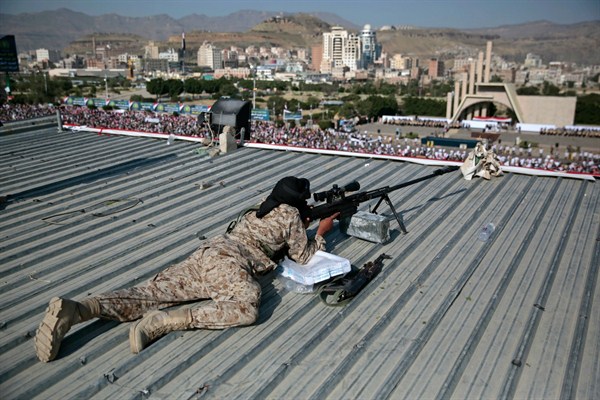Now that the self-described Islamic State has all but lost its caliphate in Iraq and Syria, leaving the term “state” as a relic in its name, many people may be breathing a sigh of relief, anticipating a reduction in the gruesome violence that inundated social media and occupied global strategists in recent years. But those hopes could be dashed. There is a high probability that even more violence is ahead. The drums of war are pounding in the Middle East and beyond, and the chance that a new war will start in the near future is far from negligible.
For now, the majority—though not all—of the signs of impending armed conflict are limited to rhetoric and political maneuvers. But the rhetoric is so heated, and the diplomatic counterforces so weak, that the verbal threats and political posturing should be taken seriously.
From Riyadh to Tehran, from Washington to Pyongyang, political leaders are talking, and in some cases acting, as if they are on a path to war.

